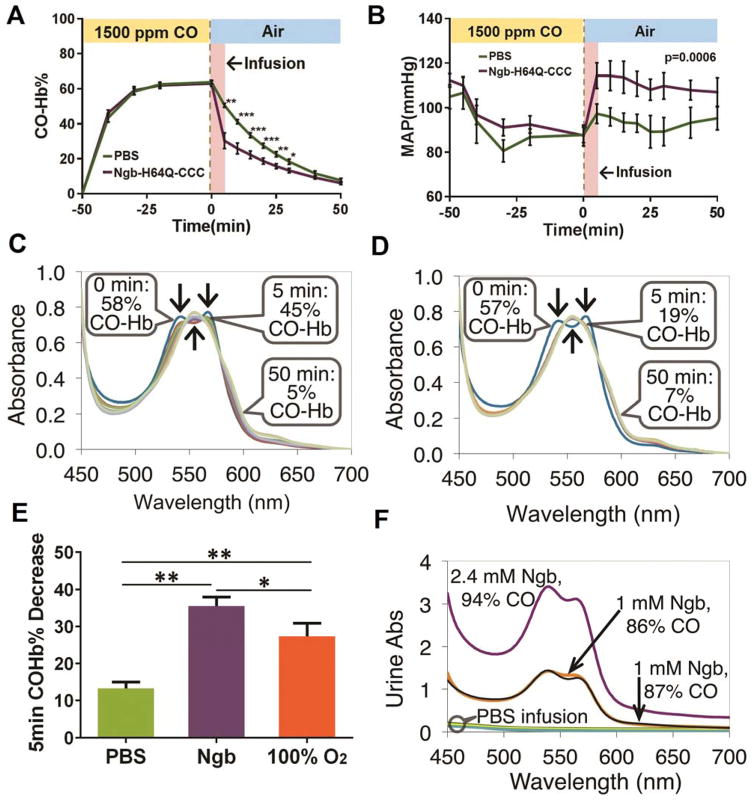Fig. 4. In vivo CO transfer from RBC-encapsulated hemoglobin to Ngb-H64Q-CCC.
(A – B) Time course of RBC-encapsulated CO-Hb (A) and mean arterial pressure (MAP)(B) before and after exposure of mice to CO. Mice were exposed to 1500 ppm of CO for 50 minutes; then (x = 0 min) CO was turned off and animals returned to normal atmospheric conditions. At the same time, 250 μL of either PBS or Ngb-H64Q-CCC (9 – 12 mM) were infused within 4 minutes. RBC-encapsulated CO-Hb and MAP were periodically measured before and after treatment. Data are expressed as mean ± SEM and * P < 0.05, ** P < 0.01, *** P < 0.005 were calculated with the 2-tail unequal variances Student’s t-test. P = 0.0006 for MAP for time > 0, from mixed effect model with unstructured covariance. (C – D) Absorbance spectra of mouse Hb from representative experiments with PBS (C) or Ngb-H64Q-CCC infusion (D). The spectra correspond to the time points in (A)0 and (B). (E) Decrease in CO-Hb% 5 minutes after end of CO exposure for mice that received PBS (n = 7), Ngb-H64Q-CCC (n = 6) or 100% oxygen inhalation (n = 5). Error bars show SEM. P-values were calculated by one way ANOVA. *P < 0.05, ** P < 0.01. (F) Absorbance of urine collected after the mice were sacrificed, 60 minutes after the end of CO exposure. Three mice that received Ngb-H64Q-CCC had a high CO-Ngb urine content, while urine from the mice that received PBS did not contain heme proteins.

